Desert Commanders
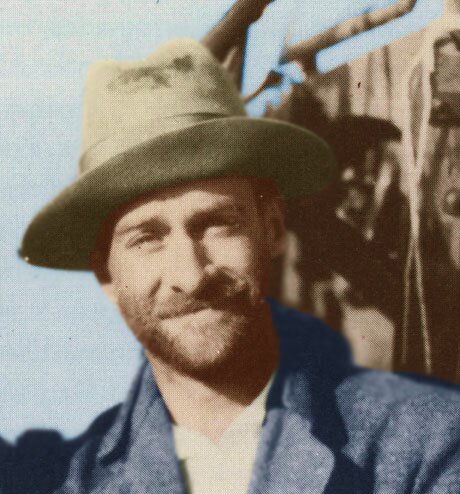
Major Ralph Bagnold,
Founder and First Commander
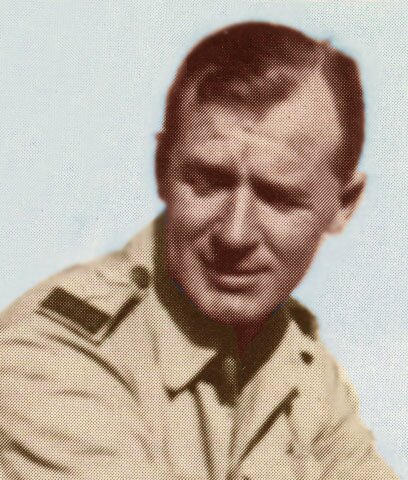
Guy Prendergast
Assumes command after Bagnold's departures.
Above images are color enhancements of original B&Ws. Bagnold, is pictured on a 1932 desert exploration, hence the civilian attire. Guy Prendergast as seen in Alexandria, 1943. This photo has other edits besides added color.
Other Commanders
Jake Easonsmith and David Lloyd-Owen also would assume command of the LRDG, but not until after the unit had effectively ended their career in the desert.
Ralph Alger Bagnold, OBE.
Commander LRDG: 4 September 1940 - November 1941
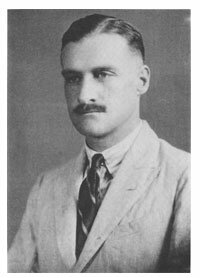
Ralph A. Bagnold (1896-1990) , the son of a British Army Royal Engineer. followed the family tradition and became an officer in the British Army Royal Engineers during World War I. After three years of active duty in France, he took leave to study engineering at Cambridge University, graduating with honors and then returned to service.
During the interim war year years he was stationed din Cairo and while on leave began exploring the desert in personal vehicles, with his colleagues and later LRDG associates including, WBK Shaw, PA Clayton, and Guy Prendergast.
He later wrote papers on the properties and motions of desert sand. By the outbreak of World War II, Bagnold was on a medical retirement but he was recalled to active duty as a Signals Officer as war in Europe erupted in 1939; he was posted to East Africa. A visit to Cairo while his troopship was undergoing repairs in Port Said following a collision at sea, resulted in his being reassigned to Egypt.
Concerned about the vast unprotected desert flank west and south of Cairo, Bagnold proposed to General Sir Archibald Wavell, Commander in Chief of Middle East Land Forces, the establishment of a small organization equipped with desert-worthy vehicles that could observe enemy troop movement along the coast road scout rear area troop and airfield locations in Libya Wavell's response was immediate and positive, and thus was born the Long Range Desert Group(LRDG) that very effectively put to use the knowledge and experience that Bagnold and his colleagues had accumulated during their earlier travels and that utilized the techniques and knowledge that they had developed, among them the sun compass and a closed cooling system for their vehicles.
The LRDG very effectively tied down significant Italian and German military resources that otherwise would have been available to use against the British farther north and, through their "road watches," provided invaluable information of movements of enemy troops and material east and west along the coast road in Egypt and Libya. Bagnold was promoted shortly afterwards and the command of the LRDG was turned over to Guy Prendergast.
After the war, Bagnold continued his interest in the movement of sand, expanding his research to included water-borne sand. In 1978, he was the keynote speaker at a NASA-sponsored conference on eolian processes on Earth and Mars. He expressed great pleasure that his fundamental work on movement of particles on Earth by wind could be applied to other planetary bodies with atmospheres such as Mars.
Late in life, Bagnold remarked: "My main urge, from boyhood on, was curiosity...At first the curiosity was how my toys were made, and with a push from my father, how I might mend them for myself...In Egypt, with so many ancient sites strewn about...but difficult to reach, the call became 'go there and see'. This led to the huge satisfaction of desert exploration...to [the study of] those processes responsible for the vast, organized, and moving forms of the desert dune systems." He once remarked that he was not a very keen soldier and that he would rather be a Fellow of the Royal Society than a Brigadier General; it was a measure of his remarkable abilities that he became both.
Some of this information is from `Memorial to Ralph Alger Bagnold' 1896-1990 by M. J. Kenn, 1992. The Geographical Society of America.
See Also AP Oibtuary for Ralph A. Bagnold
Guy L. Prendergast, DSO.
Commander LRDG: November 1941 - October 1943
According to Lloyd Owen:
If Guy had not been so unambitious and been more readily able to suffer military fools gladly he would have gone far as a soldier...he was intolerant of those who could not see things as swiftly as he did and thus made enemies in high places.
Prendergast and Bagnold were the chief architects of the LRDG. Prendergast handpicked many of the members of the Group, especially the officers. It is said that he never sent out a patrol unless he felt it was capable of accomplishing the mission.
Considered aloof by both the men and many officers, we was cold and calculating and not much for small talk. Yet, he was respected by all of his men and the men knew they could count on him.
He was considered the most mobile commander in all of the Desert Campaign. As the officer in command, Prendergast set the example and made sure his officers understood, that no one was above hard work and that the mission would not succeed unless everyone did their part. That is the officer had the added responsibility of being in charge but that did not make him above the most common or tedious job of the patrol. There was no batman for an LRDG officer!
After commanding the LRDG, he went on to be Deputy Commander of Raiding Forces and later Deputy Commander of the SAS Brigade in 1944- 1945 and officially, Commander of the Free French Demi-Brigade of SAS Regiments
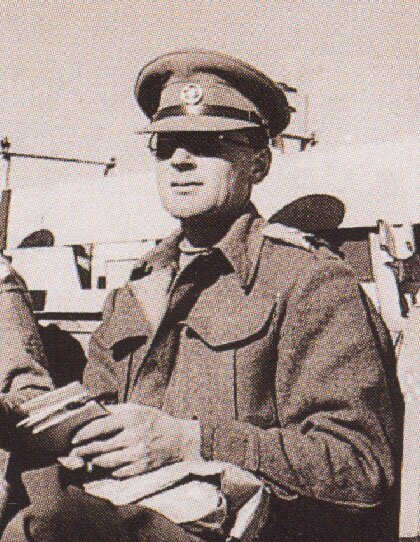
John Richard "Jake" Easonsmith, DSO, MC.
Commander LRDG: October 1943 - 16 November 1943
Easonsmith worked his way from Patrol Commander to Group Commander before being killed in action, Leros (Operation Leopard).
Before the war Easonsmith was a seller of fine wines living in the Bristol area. When the war started he joined the Royal Artillery.
Shortly afterwards he transferred to the Royal Tank Regiment and was commissioned an officer. Soon afterwards he was stationed in the Middle East and heard wind of the LRDG. Bagnold hand selected him in early 1941. He was considered a natural leader, instinctive in his ability to spot danger, and had uncanny ability to out think the enemy.
His first command with the LRDG was with R1 Patrol (New Zealand) He later went onto to assume other command positions. Under Easonsmith's command, RI patrol was the first patrol to provide taxi service for the SAS.
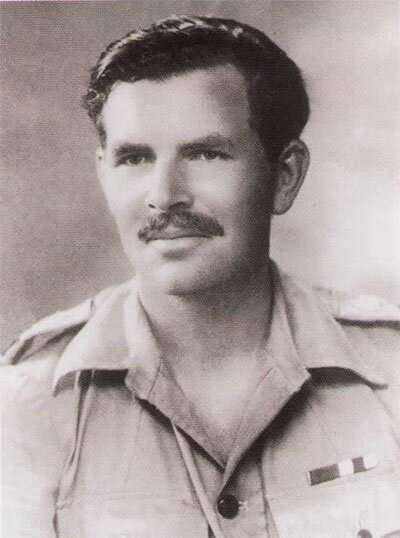
Easonsmith was also the overall commander of the successful Barce Raid, commanding two patrols, the Kiwis of TI and the Guards GI patrol. and also elements of Popski's Private Army.
Easonsmith was also credited with many of the patrol operational procedures while performing duties as Operations Officer.
According to David Lloyd Owen:
The war brought out his really great characteristics -- his power over men, his courage, his integrity, his appreciation of beauty and his sense of duty.
David L. Lloyd Owen, DSO, OBE, MC.
Commander LRDG: 16 November 1943 - End of War/Disbandment

David Lloyd Owen, a graduate of Sandhurst was commissioned into the Queen’s Royal Regiment in 1938. While stationed in Palestine; his unit was active in quelling an Arab Rebellion in the region. With the outbreak of war, the regiment deployed to Egypt and Lloyd Owen participated in the counter offensive which pushed the Italians back to Benghazi. Shortly afterwards, Lloyd Owen was assigned to OTUC (Officer Training Unit, Cairo).
Lloyd Owen was made the administrative officer and quickly developed a dislike for the posting. He immediately started looking for a transfer out of the school but this proved very difficult because he was quite good at what he did and the commander of the school relied heavily on his administrative skills.
Fortunately Lloyd Owen was known by General Wavell through Wavell's children’s met with a member of the LRDG who introduced him to Bagnold. His first assignment was command Y1 (Yeomanry) Patrol and subsequently and Y2 (Yeomanry) Patrols when the patrols were split in half.
After the Desert campaign ended, Lloyd Owen became the unit’s 2IC, taking command upon Easonsmith's death on Leros.
Lloyd Owen was nearly killed during an air raid on Kufra when he was hit by a shell from a 20mm cannon. He remained in the Army after World War II serving in Malaya and other conflicts, eventually retiring with the rank of Major General.
After the war, Lloyd Owen penned “The Desert, My Dwelling Place” which details his time with the LRDG. Lloyd Owen gives a somewhat modest account of his exploits with and importance to the unit in the pages of this memoir.
Lloyd Owen remained in the Army after the war achieving the the rank of Major General.
Major-General David Lanyon Lloyd Owen CB, DSO, OBE, MC passed away, 05 April 2001.
William Boyd "Bill" Kennedy Shaw, OBE.
Intelligence
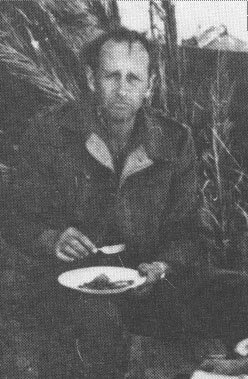
Bill Kennedy Shaw came to the LRDG from his post in Palestine Civil Service. As with Bagnold, Shaw was one of the early Desert Explorers, having crossed vast expanses of the Sahara in both automobile and on camel back. According to Lloyd Owen, "the success of patrol sent out on operation was due in no small measure to the briefings he gave to its leader."
When the LRDG left North Africa, Kennedy Shaw left the unit as his services were more valuable to the British Military Administration in Tripolitania as an advisor to Arab Affairs. He returned to England in 1944
Besides writing the first book on the exploits of the LRDG in the desert in 1945, he went on to hold other civil service positions until he retired due to failing eye sight and poor health brought on by his time in the desert. He passed away in April, 1979.
A side note, Capt. L. H. Browne took over duties as Intelligence Officer after the departure of Kennedy Shaw.
Denis "Shorty" Barrett, MBE.
"Q" Quartermaster (Supplies)
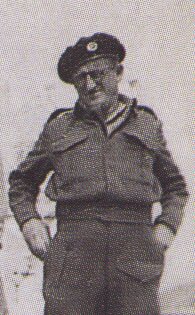
Born on 8 December 1909, Shorty was a 31 year old New Zealand Lawyer by trade when he joined the 2nd New Zealand Expeditionary Force (2NZEF) at the outbreak of the war. We began as a Warrant officer 2nd class (WO2), eventually being commissioned 2nd Lt. and being promoted to 1st Lt. and later acting Captain.
After spending some time in Greece with with 2NZEF, Barrett joined the LRDG and was made units quartermaster or Q. Eventually Barrett also assumed the roll as Adjutant (personnel officer)
Very little is known about Barrett except that he excelled at what he did. He always managed to find what the LRDG patrols needed and more importantly he found it before they needed it.
According to David Stirling the LRDG supply system was so efficient that the unit planned "down to the drop of water or petrol." This was no small amount of praise when you consider Barrett planned had to plan for patrols lasting weeks and months. Most quartermasters were drawing rations one or two days at a time and using proscribed charts, Shorty, on the other hand was breaking new ground when it came to supplying patrols..
In recognition of his efficiency and capacity for hard work while transporting rations, petrol, ammunition, and equipment for the LRDG, A/Captain Barrett received the MBE at age 36.
An example of how just well Shorty did his work was described in Shaw's book. To paraphrase Shaw, a trek from Kufra to Cairo before the war required a major expedition. However, the Heavy Section under control of Barrett was making this routine round trip with three 3 ton trucks in four days by the summer of 1942!
Richard (Dick) P. "Doc" Lawson, MC.
Medical Officer LRDG
As the Medical Officer of the LRDG, Doc Lawson not only tended to the wounded and sick he also traveled with the patrols on operations. This proved essential if the wounded were not to become the killed in action.
He and his medical orderlies were considered brave, selfless, and untiring by the men of the LRDG.
For his act of bravery while protecting wounded patrol members during the raid on Barce, Doc Lawson was awarded the Military Cross (MC). In the aftermath of raid, Easonsmith's patrol was under constant air attack and doc Lawson was reported to have thrown his own body over the wounded in attempts to protect them from strafing.
He would eventually sit out the war in a Prisoner of War camp, being captured during the ill fated raid on Leros.
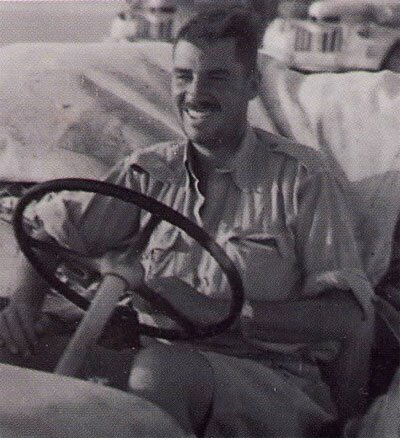
Patrol Commanders
The names below were pulled from Kennedy Shaw's book, The Long Range Desert Group. Check the sources for more information on this book. Ranks given below are the ranks at the time they were patrol commander. Many went on to achieve higher rank. Vehicles/patrol markings are based on photos from numerous sources and especially line drawings provided in the the Jenner/List book.
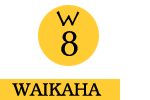
W Patrol
LRPU, Long Range Patrol Unit
R (NZ)
- Capt. D. G. Steele
T (NZ)
- Capt. P. A. Clayton
- Capt. L. B. Ballantyne
W (NZ)
- Capt. E. C. Mitford

Guards flag
LRDG (Guards) G1
- Capt. M. D. D. Chrichton Stuart
- Capt. A. M. Hay
- Capt. J. A. L. Timpson
Possible Guards marking.
LRDG (Guards) G2
- Capt. J. A. L. Timpson
- Lt. Hon. R. B. Gurding
- Lt. K. H. Sweeting
- Lt. Hon. B. Bruce

LRDG (New Zealand) R1
- Capt. J. R. Easonsmith
- Capt. A. L. Guild (some sources say A. I. Guild)
- Capt. L. H. Browne
- Lt. K. F. McLauchlan
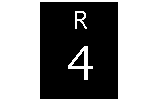
LRDG (New Zealand) R2
- Lt. C. H. Croucher (some sources say C. H. B. Croucher)
- Lt. J. R. Talbot
- Capt. K. H. Lazarus
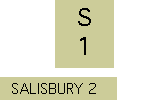
LRDG (Rhodesian) S1
- Capt. C. A. Holliman
- Capt. J. R. Olivey
- Capt. K. H. Lazarus

LRDG (Rhodesian) S2
- Capt. J. R. Olivey
- Lt. J. Henry
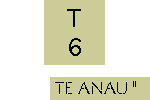
LRDG (New Zealand) T1
- Capt. L. B. Ballantyne
- Lt. J. Crisp
- Capt. N. P. Wilder

LRDG (New Zealand) T2
- Capt. C. S. Morris
- Capt. N. P. Wilder
- Lt. A. R. Cramond
- Capt. R. A. Tinker
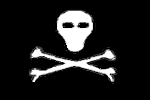
Y1 flag
LRDG (Yeomanry) Y1
- Capt. P. J. D. McCraith
- Capt. F. C. Simms
- Capt. D. Lloyd Owen
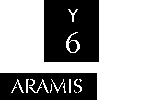
LRDG (Yeomanry) Y2
- Capt. D. Lloyd Owen
- Capt. A. D. N. Hunter
- Capt. E. F. Spicer
(According to Lloyd Owen, Spicer assumed command after he was wounded. Shaw gives the order above)

ILRS, Indian Long Range Squadron
- Indian 1: Lt. J . E. Cantlay
- Indian 2: Capt. T. J. D. Birdwood
- Indian 3: Capt. A. B. Rand
- Indian 4: Lt. G. W. Nangle
ILRS is said to have used standard tactical markings. The two known marking were a red triangle and a yellow circle. This according to Jenner/List book, which says these were used for one Indian 1 and 2. Other sources I've seen show the triangle or angle for "A", square or box for "B", circle for "C" and diamond for "D". It is pure speculation on my part if these other shapes were used and/or what color they would have been. Serious research is required to verify the hunch.
(see also Special / Elite Forces in North Africa)
Besides those listed by Kennedy Shaw, the following men are also listed as Patrol Commanders. It may be these men led patrols after the LRDG left the desert.
- Aitken, D. J.
- Cross, M. W.
- Morris, C. S.
- Saxton, C. K.
- Sutherland, J. M.
- White, R. F.
